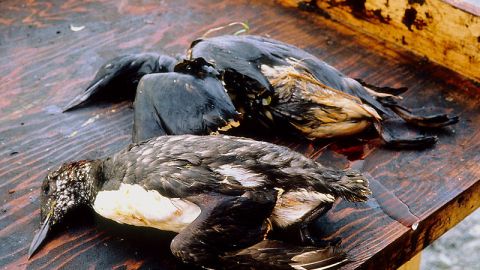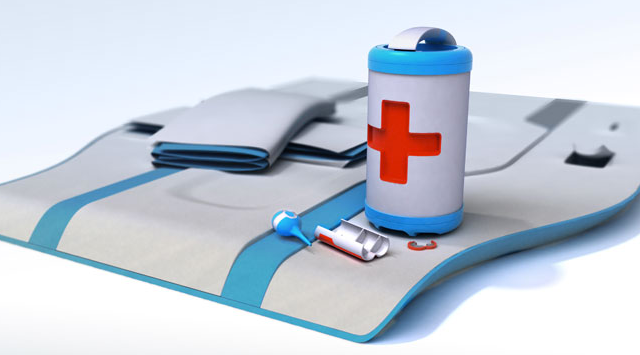Worth a Thousand Imaginings: Pictures of the Gulf Coast

Oil leaking from a British Petroleum pipe under the sea floor in the Gulf of Mexico has reached land slicking wildlife habitats on the Southern U.S. coast, as well as the animals that live there. Some of the most disturbing photographs of animals harmed by the spill have been taken by Charlie Riedel, an AP photographer, and can be found on the New York Times’ photojournalism blog “Lens”. There is a good chance that these photos will motivate people to hold government and business more accountable than sterile analysis of the spill would. Overhead photos of the black swirls and streaks that plague the Gulf, which are threatening to migrate into the Atlantic riding ocean currents, do not entail the same emotional response as pictures with living beings.
It is ironic that the emotional response prompted by photos of the Gulf oil spill are a result of, strictly speaking, mistakenly placed empathy. When we see a still shot of a pelican flapping around in the oil slick, we attribute human feelings and emotions to the bird, and it is because of our sympathy for human pain and suffering that we condemn the actions that resulted in photos of dying birds, fish, turtles, dolphins, crabs, and so on.
It is an unthinking response, one motivated by a biological drive to reproduce, to save our own kind from pain and suffering lest the species as a whole not advance. I know this is a sterile analysis of the photos in question, and that an angry response prompted by the photos could help to reshape an American energy policy that is ten years behind the Chinese and relies on oil from Saudi Arabia (that would be the once-home of the 9/11 hijackers). But what about our thinking response?
Judge Richard Posner has said that humans are merely apes with bigger brains. But that our brains are bigger is of definite significance: it allows us to conceptualize time, to consider the future and make plans for it. An emotional response is a perfectly fine and natural thing, but it is not well suited to tackling the long term problems that face humanity, such as energy shortages, global warming, long term consequences of foreign policy, and, yes, asteroids.
Instead of waiting for emotionally pulling images to arrive over the Internet, we should imagine the consequences of our present actions. It’s what the poet and painter would have us do.
Photo courtesy of the Exxon Valdez Oil Spill Trustee Council.





